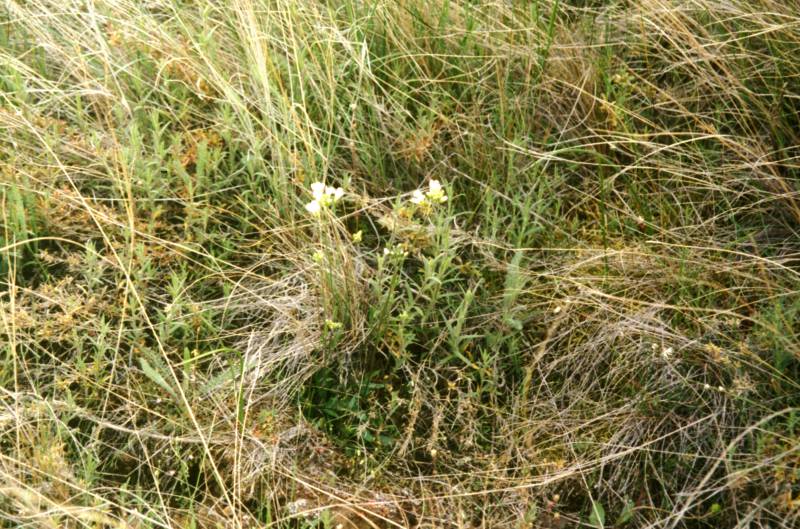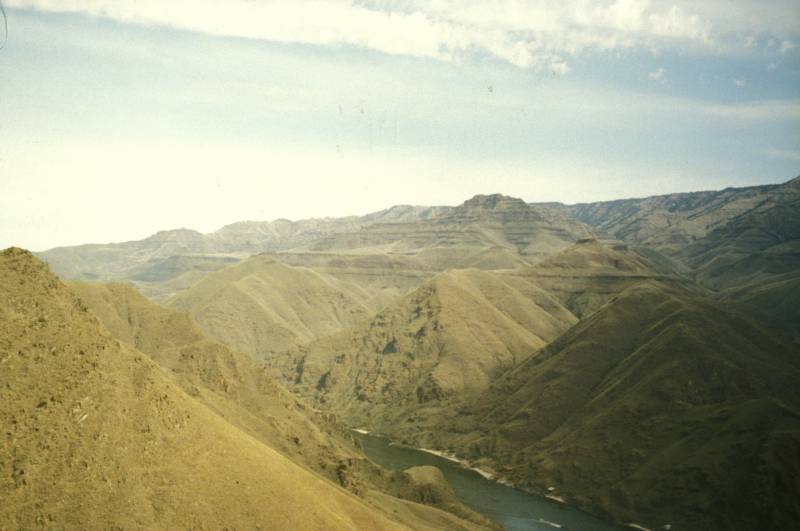Distribution: Occurring in the southeastern corner of Washington; Snake River canyon, Asotin County, Washington, east to west-central Idaho.
Habitat: Wet banks to moist soil or coniferous woods.
Flowers: April-June
Origin: Native
Growth Duration: Perennial
Conservation Status: Threatened in Washington (WANHP)
Pollination: Self-pollination, bees, flies
Short-lived perennial from a simple crown, the stems 1-several, simple or sparingly branched, mostly glabrous, 1-4 dm. tall.
Leaves mostly in a basal rosette, oblanceolate, remotely serrate, tapered to a short petiole, 2-5 cm. long and 5-20 mm. wide, the upper surface usually glabrous, the lower surface pubescent with stalked, mostly 4-forked hairs; cauline leaves few, alternate, nearly sessile, lanceolate to oblanceolate, 1-3 cm. long, usually entire, sparsely pubescent with 2- or 3-forked hairs.
Inflorescence of 2- to 20-flowered racemes; pedicels slender, 10-15 mm. long; sepals 4, glabrous, 3-4 mm. long, the outer 2 gibbous-based; petals 4, white, 6-8 mm. long; stamens 6; style 1 mm. long; stigma discoid.
Siliques glabrous, ascending-erect, linear, 2-2.5 cm. long and 1 mm. broad, slightly compressed, the valves 1-nerved.
Publication: Proc. Biol. Soc. Wash. 49: 147. 1936. 1936.
PNW Herbaria: Specimen records of Arabis crucisetosa in the Consortium of Pacific Northwest Herbaria database
WA Flora Checklist: Arabis crucisetosa checklist entry
OregonFlora: Arabis crucisetosa information
E-Flora BC: Arabis crucisetosa atlas page
CalPhotos: Arabis crucisetosa photos





